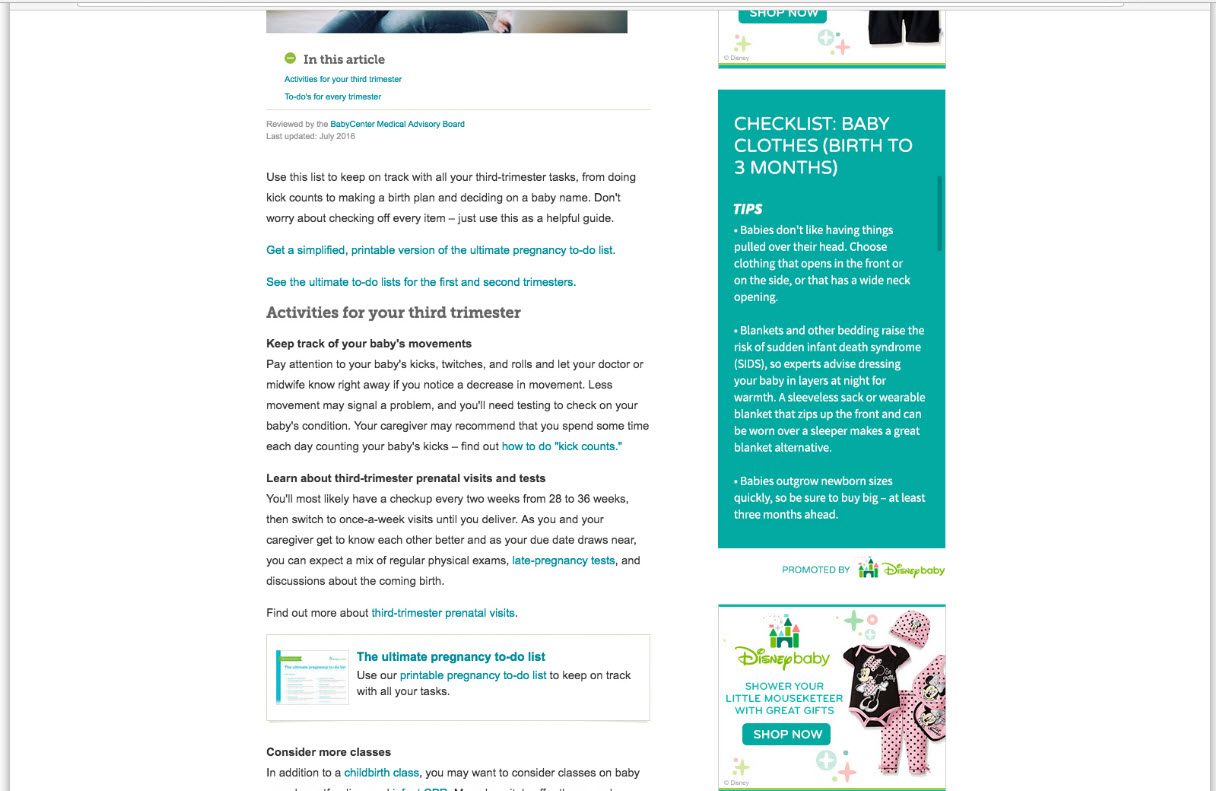Brands Using Sponsored Content Are Avoiding FTC Scrutiny By Doing This
LINKEDIN.COM, DECEMBER 5, 2016 -- The FTC is being urged to investigate word-of-mouth or micro-influencer campaigns with an eye towards insuring that bloggers disclose their relationships with brands if they are paid or gifted products in exchange for reviews. While many influencer platforms like BzzAgent and Influenster have guidelines for bloggers to follow that include disclosing their relationships, they are mostly not enforced and are extremely difficult to police. This includes small bloggers with minimal influence as well as name brand celebrities who reach millions.
Trade groups like Public Citizen and Commercial Alert are pushing for stronger regulations ensuring that consumers can trust that paid advertisements are disclosed on Instagram, Facebook, and across blogs and other outlets where smaller bloggers have substantial influence among their friends and avid followers. While much of the same has been regulated for celebrity influencers as that side of the industry matured, there appears to be a lag or an outright lack of policing surrounding these paid reviews.
While regulating micro influencers and celebrity influencers seems similar, there is a major distinction, and likely why micro influencers are now under the microscope. Celebrities are visible and violations are much easier to detect, whereas micro bloggers lack the exposure and may only be influencing a small circle of friends and family making it impossible to regulate and police at scale. Sure, if you want to hire 3 bloggers to talk about your product, you can certainly check on them daily and ensure they are being complaint and that they are evangelizing your brand in the way you intended. But what happens when you're talking about 500+ sites, this is when manual becomes impossible.

Sponsored-Content is undergoing a renaissance similar to what occurred with display advertising over the last 10 years. Let's rewind back to the mid 2000's when DoubleClick was not serving 99% of fortune 100 brands' display advertising campaigns like they are now. This meant that publishers and networks were provided with a simple jpeg banner and a separate tracking link with the domain where the user would be sent upon clicking the banner. Since the banner and tracking URL were separate and not attached like a DoubleClick tag is today, an unscrupulous publisher could replace the approved banner with an unapproved creative and then simply direct the user to the landing page they were given and still receive credit for impressions or clicks.
As display advertising matured, third-party validation and attribution platforms sprang up and we began to see the industry norm move towards tags and creatives that could not be "broken," as well as a plethora of thirdparty safeguards in place to secure the brands' message. At this point, I can think of maybe 2-3 fortune 100 brands who do not serve their ads through DoubleClick or a similar protected platform.
So why aren't brands doing the same for sponsored-content and native content-based influencer camapigns, particularly when there is increased FTC pressure to comply with disclosers among other things?
Enter Fuze360, Optimal Fusion's native in-stream ad platform which was developed to solve these exact problems. Advertisers can now create content templates which are approved, locked, and then deployed across thousands of blogs, publishers, and influencers big and small. With the ability to wrap content into DoubleClick tags along with any thirdparty validation you could dream of, Fuze360 is opening up sponsored-content to allow for the same transparency, validation, and scale that display has enjoyed over the years.
In addition, advertisers can purchase inventory progrmatically just like they do for display advertising through DSPs and exchanges allowing for scale and increased targeting through Fuze360's ContentCard. Another exciting tool is the ability to collect data within the sponsored content post; users can opt for more information and supply their email address or phone number and begin a relationship with a brand without typical barriers like having to visit the brands' contact form. This is very much in line with the current trend towards platforms like google and Facebook aggressively keeping users within those native platforms to consume third-party content rather then clicking out to content websites. Products like Facebook's Instant Articles and Google's News results are proving the fact that users want quick nuggets of information without boundaries as mobile usage has skyrocketed and data fees followed.
Sponsored-content is having its renaissance moment but many brands are still unaware that there is a better way to deploy branded content. Many large legacy advertisers think they have to change their process, lose data points and kpis they rely on, and receive less transparency when jumping into sponsored-content. They are dead wrong, the transformation has begun and its just getting started.
